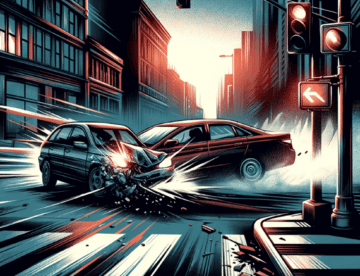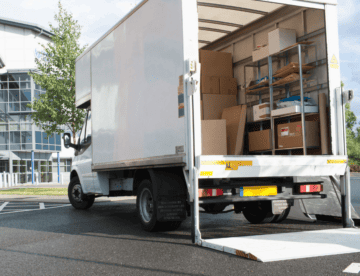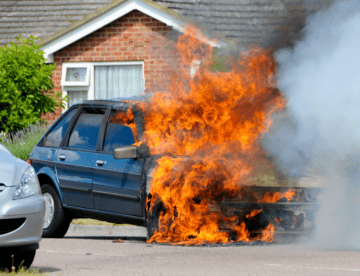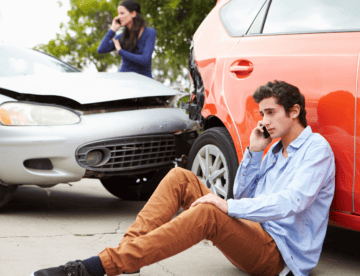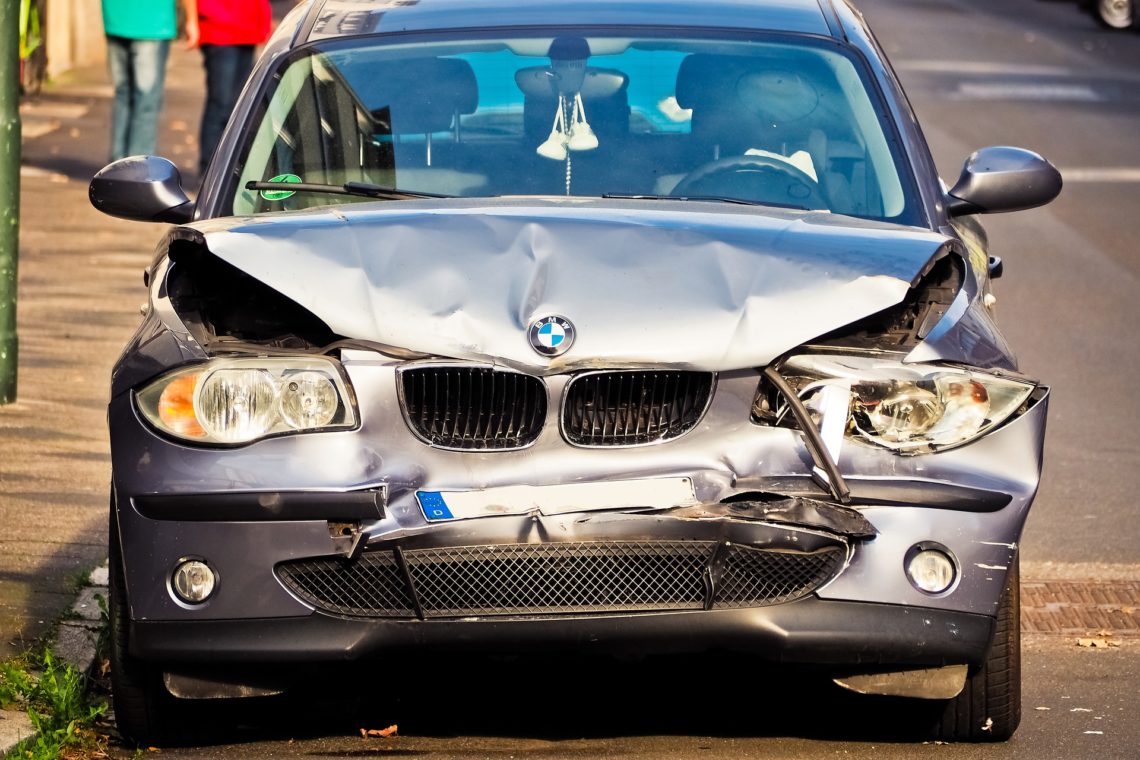
Every year in the United States, more than six million car accidents take place. While the majority of car accidents only result in damage to the cars involved, one in three accidents will result in personal injury to the passengers or driver. It is estimated that in every ten accidents, two will lead to fatal injuries.
If you have been in a car accident yourself, you know just how difficult and scary this experience can be. Immediately after the accident, when you’re all shaken up, you likely found yourself wondering exactly what to do next. It is important to know that following a car accident, there are specific steps you can take to protect yourself and your interests. The following step-by-step guide will walk you through exactly what to do after a car accident:
Step 1. Stay at the Scene.
Following an accident, some people may be inclined to leave the scene. This is particularly the case in minor accidents. However, you should never leave the scene of an accident you are involved in. Doing so could make you look bad, and you may end up in a greater deal of trouble.
Step 2. Preserve the Scene.
After an accident has occurred, it is important to make sure that other drivers are aware of what has happened so that more accidents don’t take place. You can preserve the scene by turning on your flashers and setting up flares. If you find that your lights aren’t working and the accident has taken place at night, have a flashlight with you so that others on the road know you’re there. Make sure to wait in a safe location, either inside of your car if possible, or on the side of the road away from traffic.
Step 3. Call the Police.
Even with accidents where no serious injuries have occurred, you should always call the police. In some cases, to file an insurance claim you will be required to provide a police report. Overlooking this step could prevent you from receiving the coverage you need for your damages. By enlisting the help of an officer, you also help to provide an unbiased account of the events that took place.
Step 4. Record an Accurate Record of Events.
When the police officer arrives on scene, walk them through what took place step-by-step. If you can’t remember specific details of the accident, be honest. Do not make up details, guess, or speculate. During this time, the officer will likely as if you are injured. If are unsure whether you’re injured or not, it’s important to tell the officer that you don’t know at this point. In many cases, injuries from car accidents will present hours later. Saying that you are uninjured on scene could prevent you from receiving the proper payments you might be entitled to in order to cover medical costs.
Step 5. Take Pictures.
If you spot any visible damage to your vehicle, make sure to take pictures. Similarly, if you’ve sustained any injuries during the accident, take pictures of them as well. In some cases, you may not be able to take pictures of your vehicle on scene due to the police investigation. If this is the case in your situation, just be sure to take pictures as soon as possible.
Step 6. Exchange Information.
It is crucial to get the other driver’s information. You’ll want to record their name, address, and telephone, as well as their insurance information. If there are witnesses who saw your car accident, collect their name and contact information as well. Witness accounts can come in handy in the future if you work with a lawyer to build a case following the accident. If the officer tells you that the information will be on the report and you cannot get it at the time, be respectful and comply. They are correct and all information will be contained in their report.
Step 7. Report the Accident to Your Insurer.
As soon as possible following the accident, notify your insurance company. Take time to review the medical benefits offered with your insurance plan as you may have coverage to pay for your accident-related medical costs.
Step 8. Seek Medical Care.
As mentioned above, it can take time for injuries following a car accident to become noticeable. It is a good idea, unless you are positive you did not sustain any injuries, to seek medical attention. Simply visit an emergency room or visit your general practitioner to get checked out and rule out any potentially serious side effects from the accident.
Step 9. Get Organized.
Following a car accident, you’ll want to create a file that contains all your accident-related documents. Information to store in this file includes contact and insurance information from the other driver, your claim number, and all expenses you’ve incurred due to the accident.
Step 10. Protect Yourself.
One of the most important steps to take following a car accident is to consult an attorney. Understanding your rights following an accident can be challenging, however, the right attorney will walk you through the process to ensure you are protected and receive the compensation you are entitled to.
The experienced attorneys at Burrow & Associates have been representing clients following accidents for two decades at locations all throughout Georgia. We are standing by to help you figure out what to do after an accident so that you are always protected. Contact us today to discuss your options and receive the personal injury settlement you are entitled to. We offer personal injury services to the following locations:
- Athens Personal Injury
- Duluth Personal Injury
- Conyers Personal Injury
- Morrow Personal Injury
- Kennesaw Personal Injury



